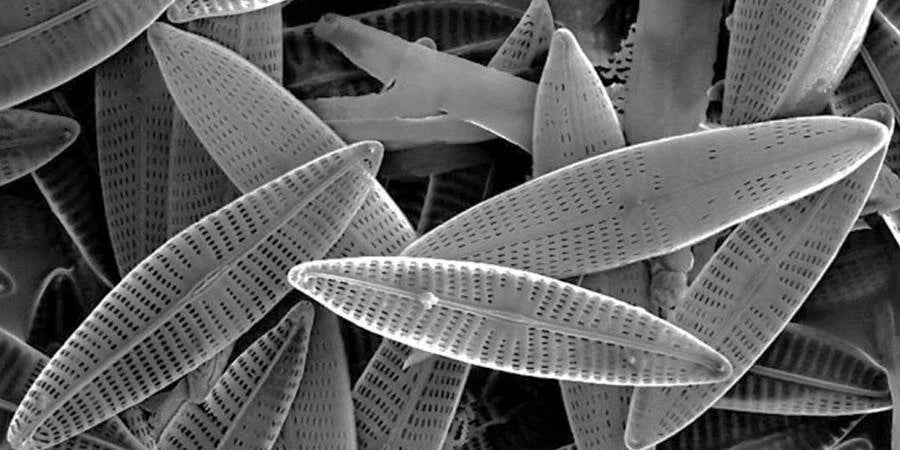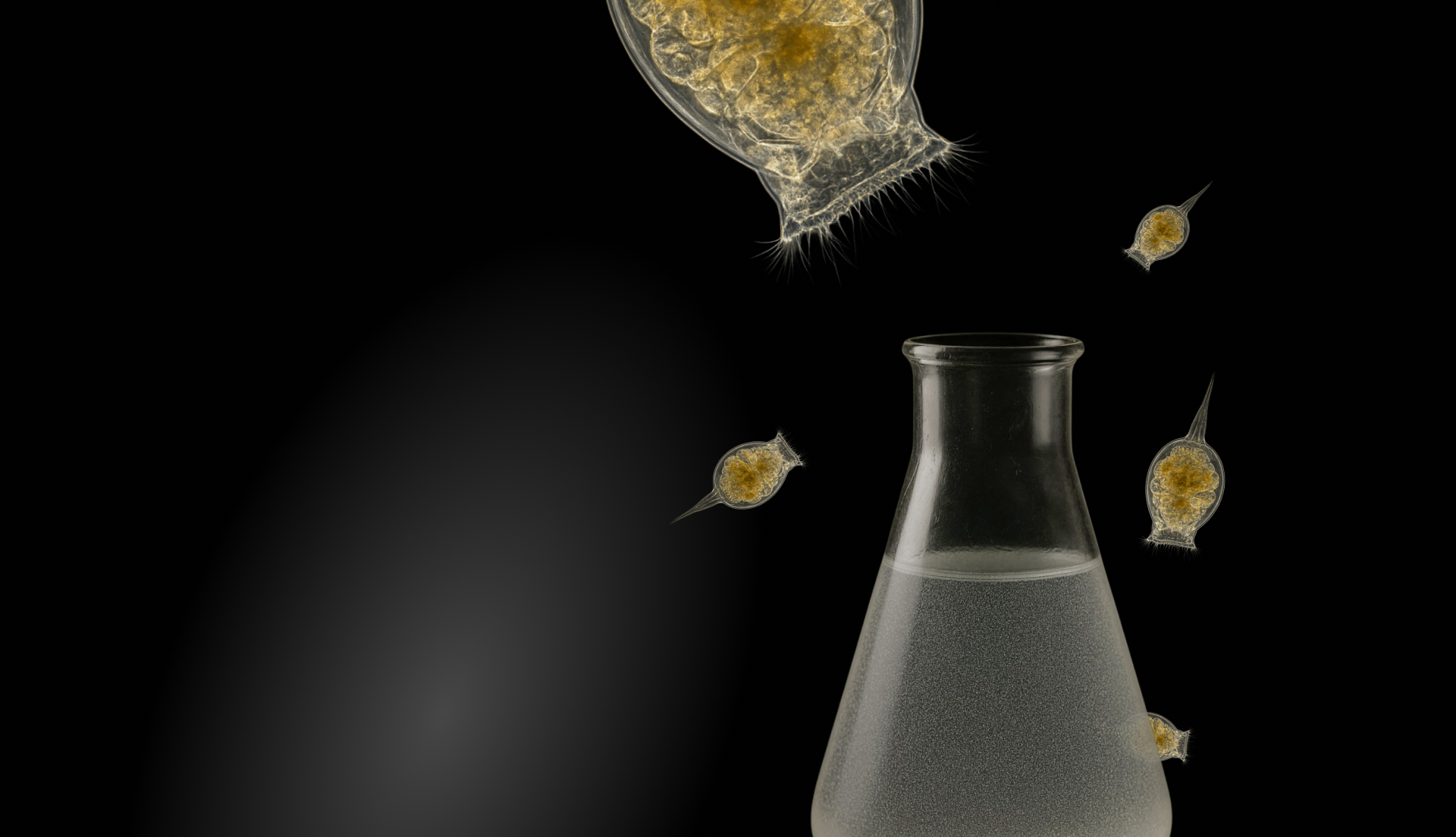Diatoms are single-celled microalgae with silica-based shells, and while often seen as pests in new tanks, they play an essential role in marine ecosystems. Culturing diatoms intentionally can be beneficial—especially as food for grazers like snails, chitons, some copepods, and filter feeders.
What You’ll Need
-
Diatom starter culture (e.g., Navicula, Thalassiosira, or Skeletonema)
-
F/2 fertilizer or equivalent
-
Silica source (sodium metasilicate or soluble sand)
-
Saltwater (1.018–1.022 SG)
-
Strong light (6,500–10,000K, ~12–16 hrs/day)
-
Air pump and rigid airline
Setup Steps
-
Prepare your medium
Mix RO/DI water with reef salt to 1.020 SG. Add F/2 nutrients and a silica source (e.g., 10–30mg/L sodium metasilicate). -
Inoculate
Add the diatom starter once the temperature and salinity are stable. -
Aerate
Use gentle aeration with a rigid airline to keep cells suspended and prevent bottom clumping. -
Lighting
Place under a bright, full-spectrum light source. Diatoms require strong light but less than what phyto needs. -
Harvest
Within 5–10 days, the water should turn golden-brown. Diatoms tend to stick to surfaces, so gently swirl or scrape sides to dislodge. Harvest by decanting or using a fine sieve.
Tips
-
Use glass or plastic with smooth walls—diatoms like to settle.
-
Avoid excess nutrients; nitrate-heavy environments can crash cultures.
-
Always refrigerate unused portions and use quickly to avoid die-off.
Why Culture Diatoms?
While not as commonly cultured as phytoplankton, diatoms provide excellent nutrition, especially for early-stage filter feeders and certain snails. They're also a natural part of many marine food webs and can help condition grazers before sale or introduction to new tanks.


